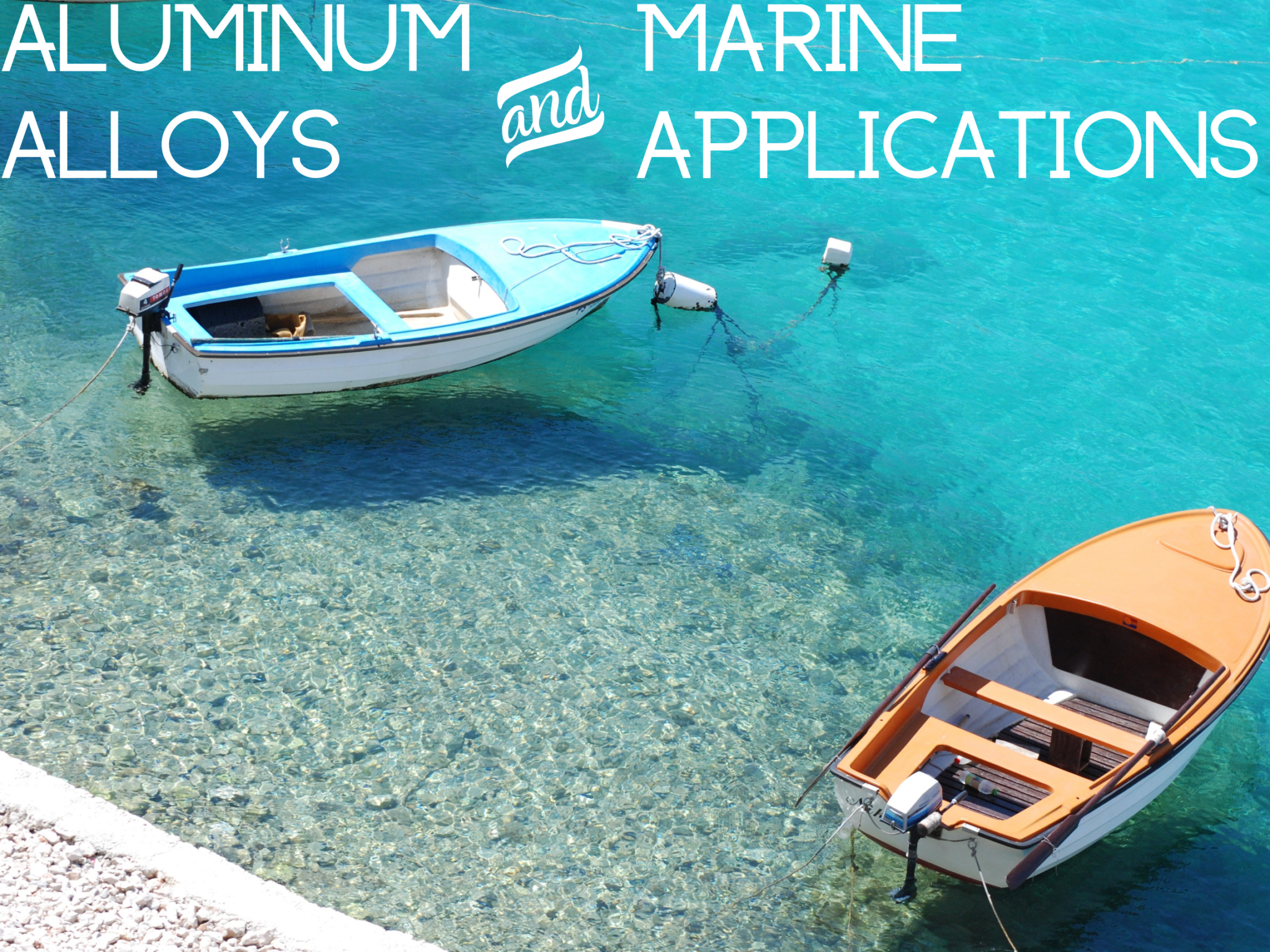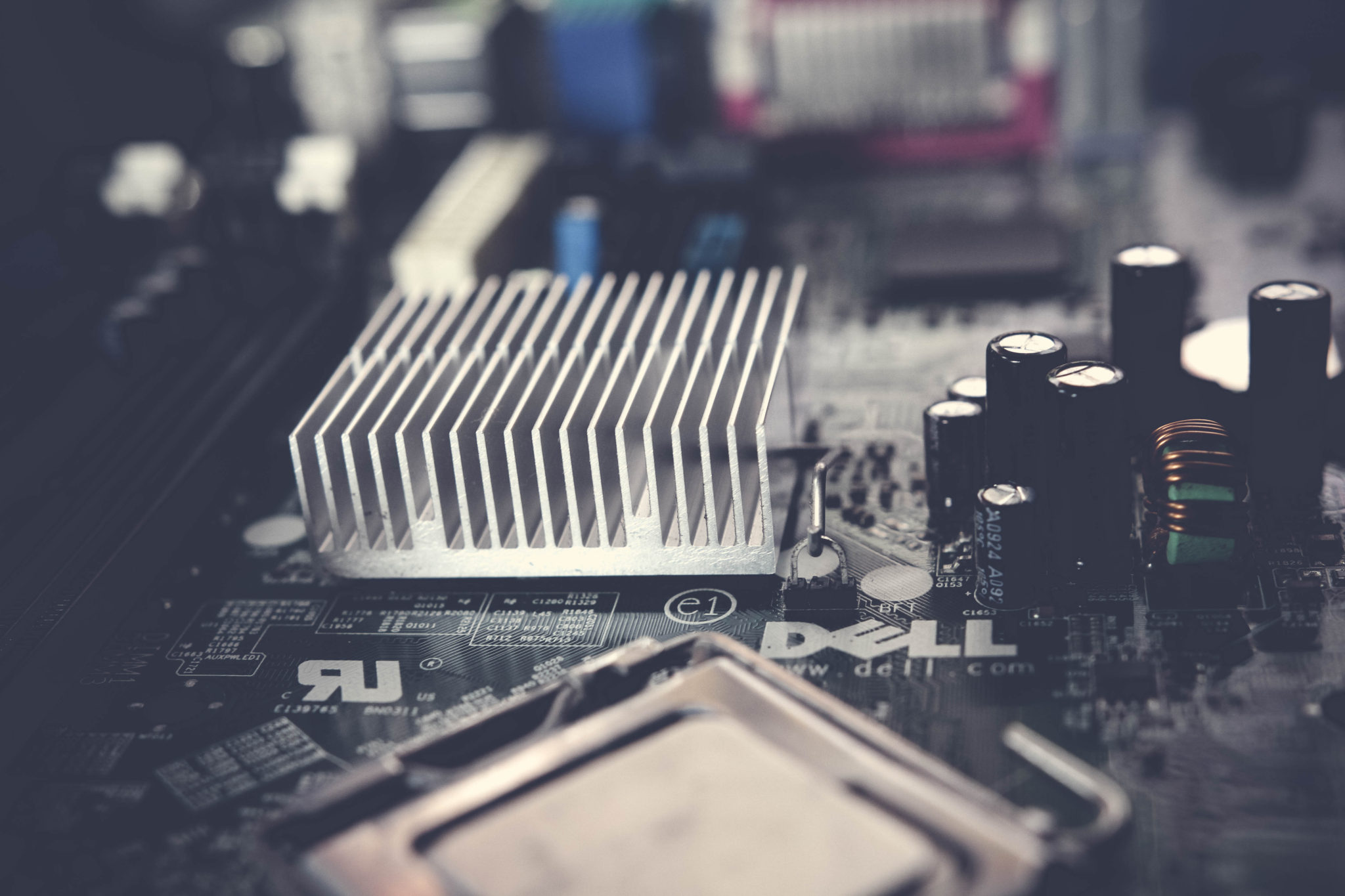Aluminum, the third most abundant element on Earth just behind oxygen and silicon, is also the most abundant metal on the planet. Because aluminum is non-toxic and 100% recyclable, it is a natural choice for manufacturers of goods over a wide range of industries. Other characteristics, such as flexibility, formability, a high strength-to-weight ratio, and natural corrosion resistance, make it an optimal choice for marine applications.

6061: Workability and Corrosion Resistance
As a highly adaptable aluminum alloy for marine grade applications, 6061 possesses superb mechanical properties, including excellent corrosion resistance. With solid workability under the annealed condition, various techniques may be employed in its fabrication. Available in plate, sheet, and extruded shapes, 6061 aluminum is a solid choice for a multitude of applications.
6063: Decorative and Structural Purposes
As an architectural alloy used prominently for structural and decorative purposes, the 6063 aluminum alloy provides excellent finishing characteristics, corrosion resistance, and tensile properties. It is utilized for various interior and exterior architectural applications and trim.
5052: High Fatigue Strength Benefits
Marine grade aluminum alloy 5052 as a non-heat treatable grade offers a high level of strength. Its fatigue strength is greater than the majority of other aluminum grades. In addition, it offers good resistance to Marine atmosphere and saltwater corrosion. Due to its excellent workability characteristics, it is easily formed or drawn into complicated shapes.
Aluminum or Steel?
When most people think about a strong material, they first think of steel. Yes, steel is strong, but it is also very heavy. Aluminum weighs in at about one third that of steel, and with little to no strength reduction along with natural corrosion resistance aluminum is a preference in marine applications. Also, aluminum alloys are much more machineable than steel alloys. When considering such expenses as tool longevity and machine time, aluminum alloys will net more profits and result in shorter lead times for customers. Any time metal contacts water, corrosion is sure to be a concern. By pairing the natural corrosion resistance of aluminum with special coatings, aluminum alloys prove to be valuable, especially in salt water applications. When it comes to marine applications, aluminum blows steel right out of the water.
From shipping vessels to personal watercraft, aluminum alloys have staked their claim on the water. Often found in ladders, gangplanks, railings, skiffs, and even hulls of ships, aluminum alloys are chosen because of their highly desirable characteristics, abundance, and lower overall production costs. To learn more about marine applications of aluminum alloys or to request a quote, contact Howard Precision Metals today at 800.444.0311 or send us a quote request on our website.



